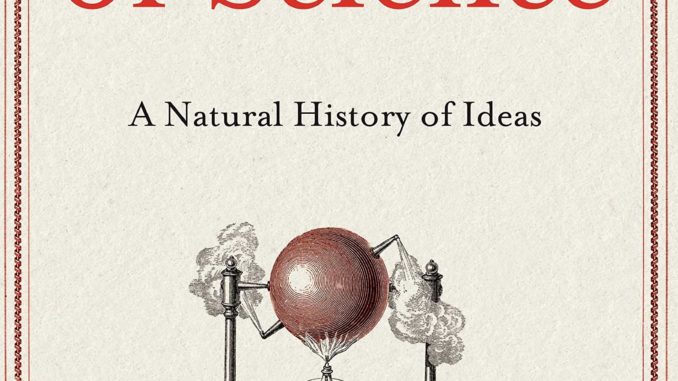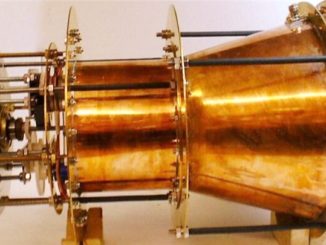
When you go to college you take psychology and philosophy courses which challenge the reality of existence, as the professor tries to get your mind to think outside the box. While this is a very good exercise, it confuses a good number of students. Perhaps I have a solution for that. Maybe all these college students need to do is to consider the science behind what is, that is to say, ask the question; what is our reality made of, and then work backwards from there, while asking the same questions suggested by the professors.
If you’d like a book which can help you consider all this, and perhaps understand a little bit more about what they are doing with particle physics at places like CERN, then I have a decent recommendation for you. The name of the book is;
“Einstein’s Space and Van Gogh’s Sky – Physical Reality and Beyond” by Lawrence Leshan and Henry Margenau, MacMillan Publishers, New York, NY, 1982, 268 Pages, ISBN: 0-02-570460-5.
Now then, you don’t have to be a new age sort of person to enjoy this attempt by the authors to explain our current realm and reality using hard science, quantum physics, and much of Einstein’s most noted equations and theories to enjoy this book and ponder the alternate realities, or relative observations of all that is in our known world. The authors first dive into exactly how to understand and explain this concept of alternate realities and the structure of domains, realms, and relative realities.
Although this book was written in 1982 one could look at it and see that much of the understanding of modern day, even the most current theories of particle physics in philosophically touched upon. In fact, by the time you are completed with Part I of this book you will have a pretty good grasp heading into Part II and Part III. The authors have a nice philosophical and scientific argument for the reader with regards to relativity and truth, as in what is it, what is it reality, and where and when did it, will it, or can it occur.
You will enjoy the discussion on causality, feedback, purpose, reductionism, logic, and verification of scientific theory, as the authors perhaps explain how come their view is perfectly sound with all that is. In Part III, well, this is where things get really interesting and deep as in; what is real, is anything real, and why is it real, or not. There is an interesting chapter on art, one on ethics, and another on consciousness.
Although these authors seem to be writing from a liberal arts perspective, which drives someone like me up the wall, their scientific usage of theories, and knowledge is quite good, thus, this book survives the label of a; New Age work.
Proudly WWW.PONIREVO.COM
Source by Lance Winslow



